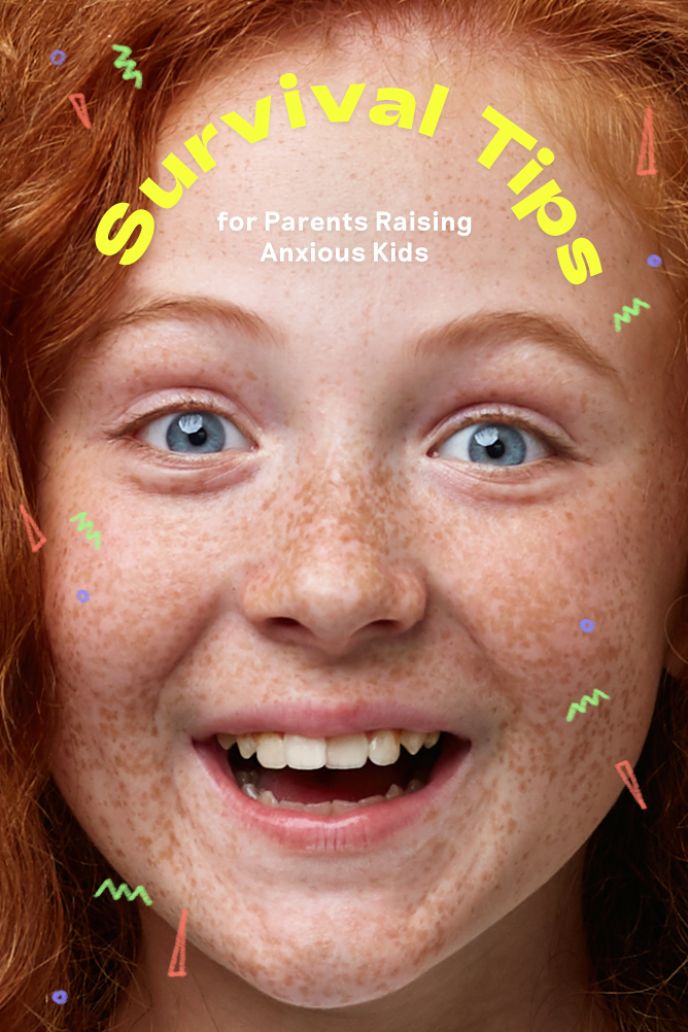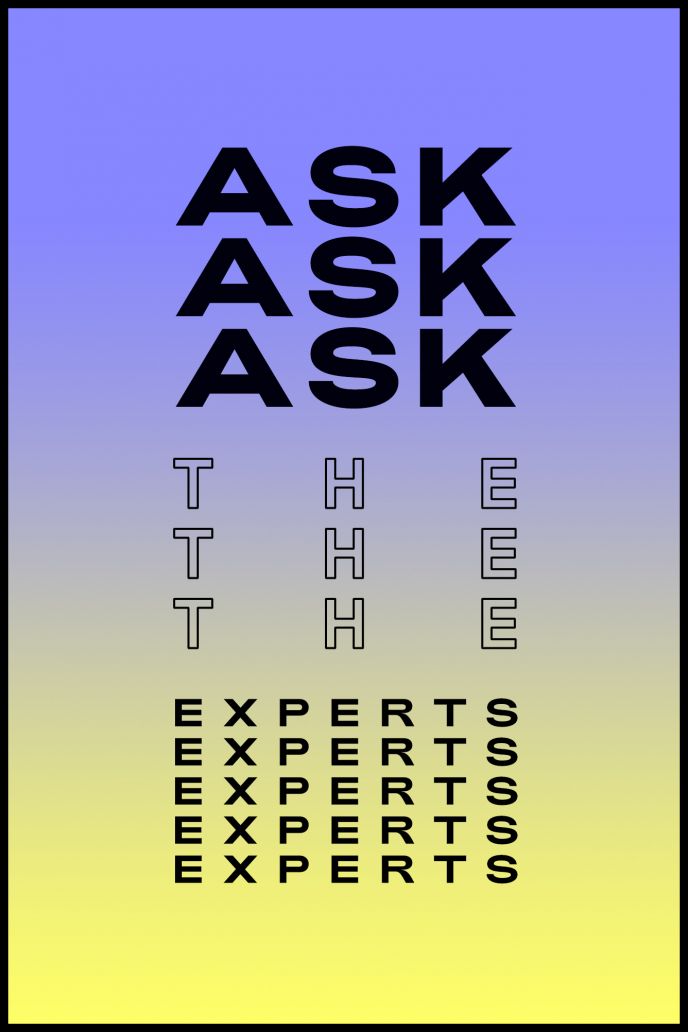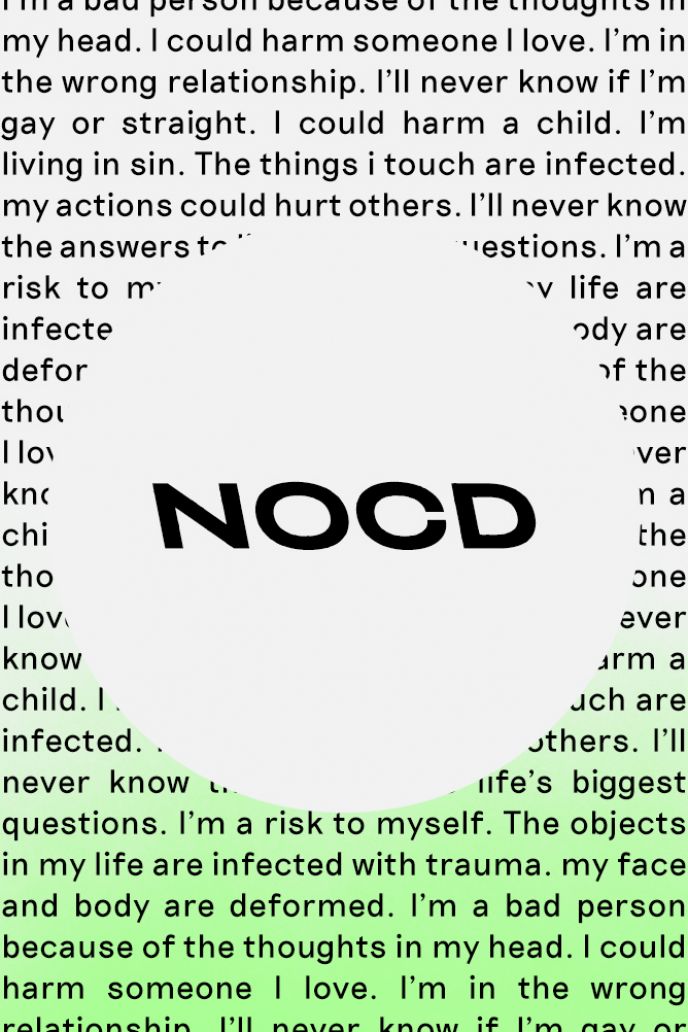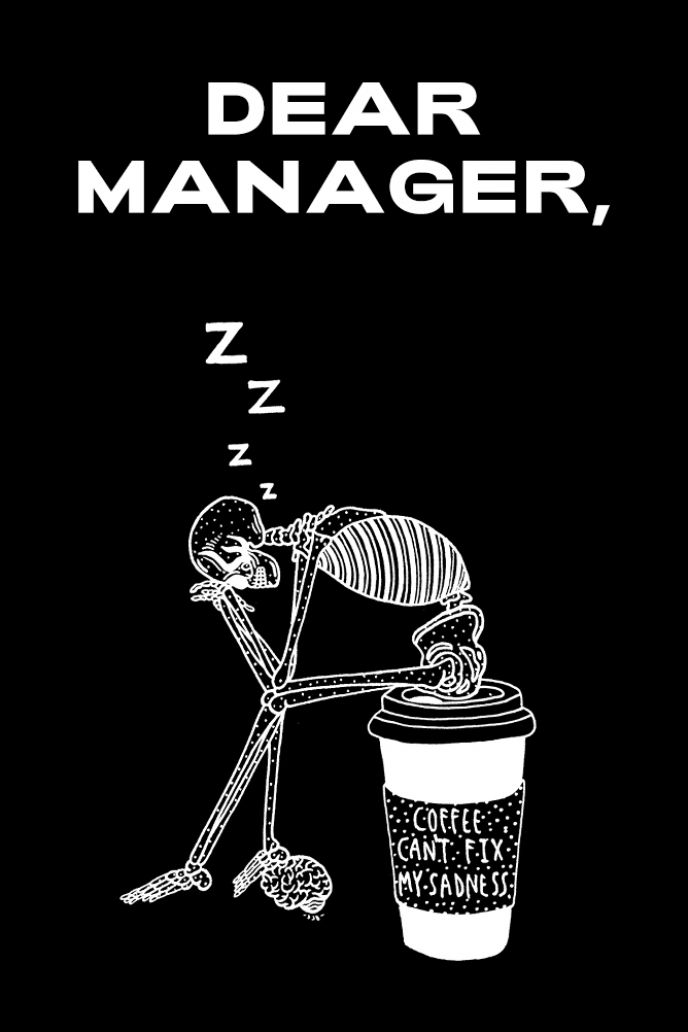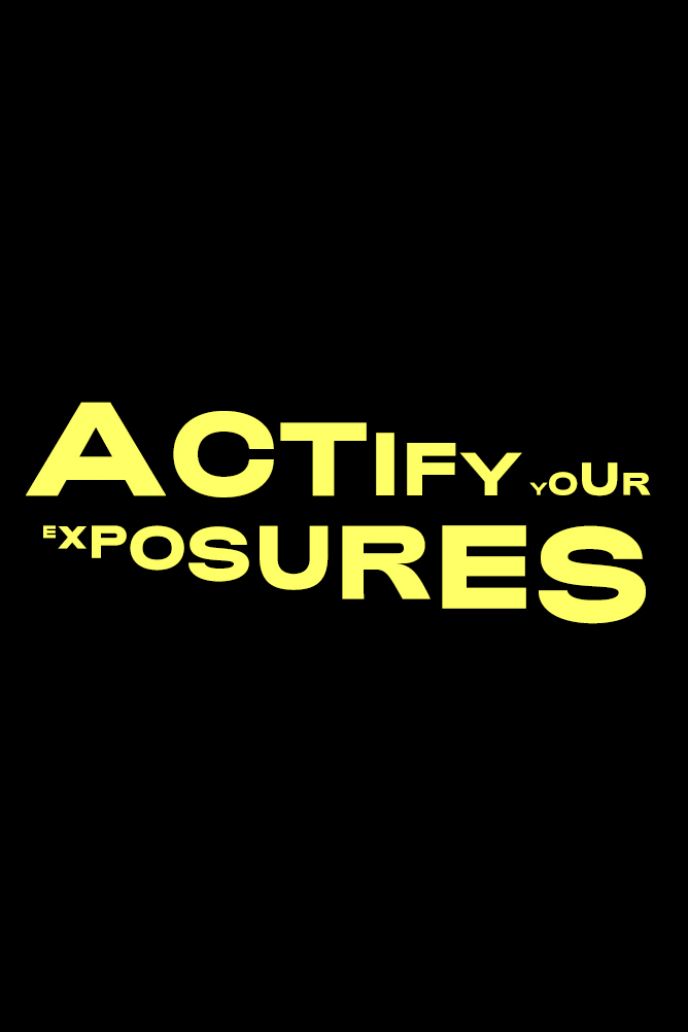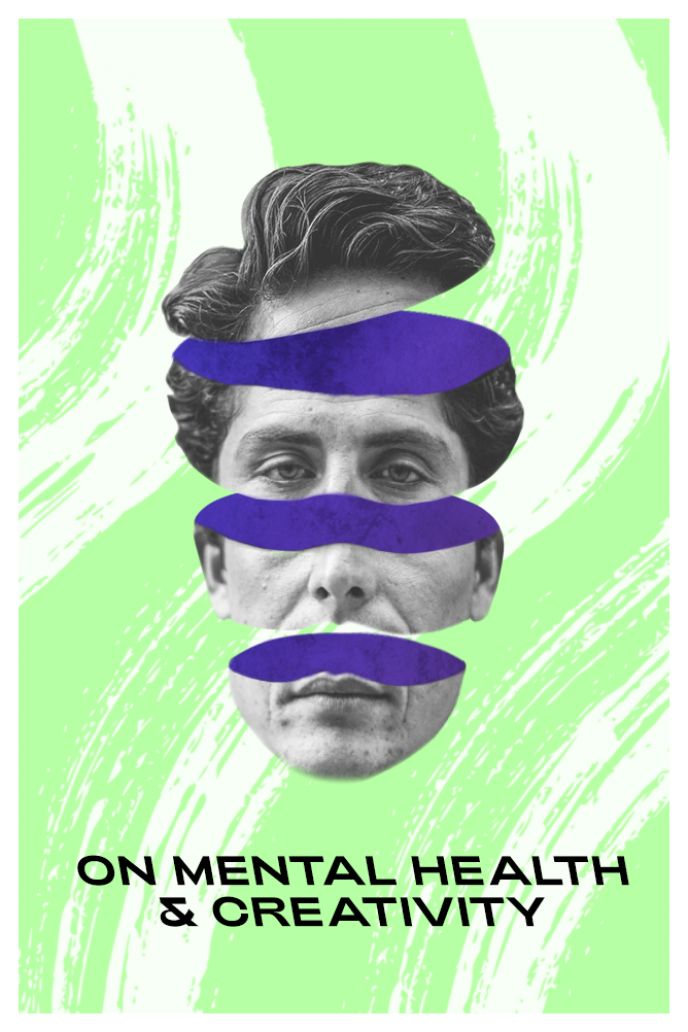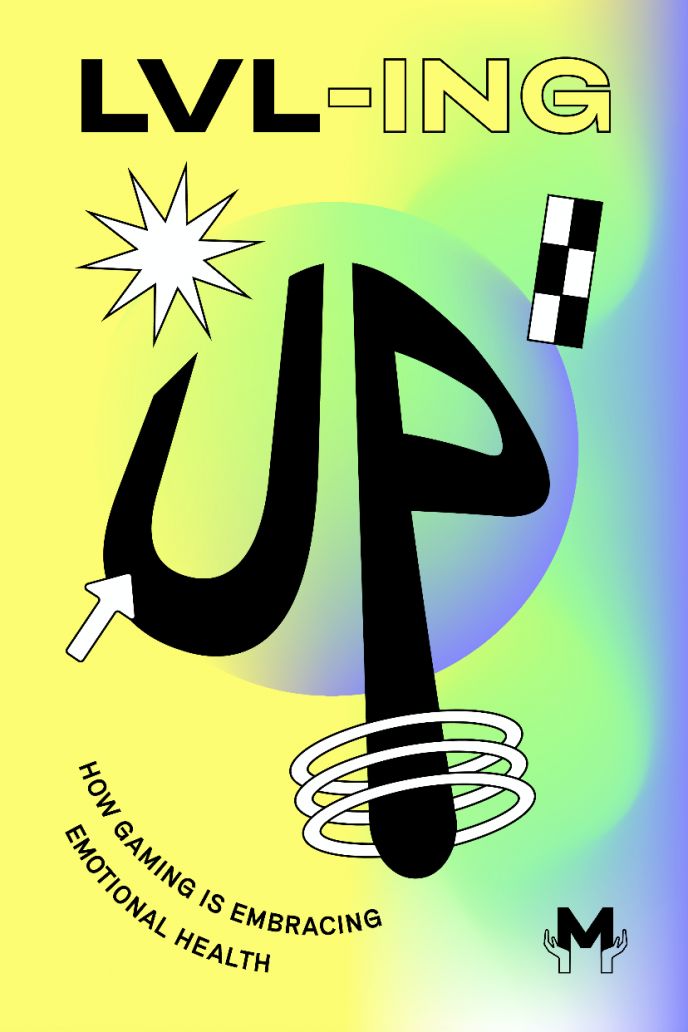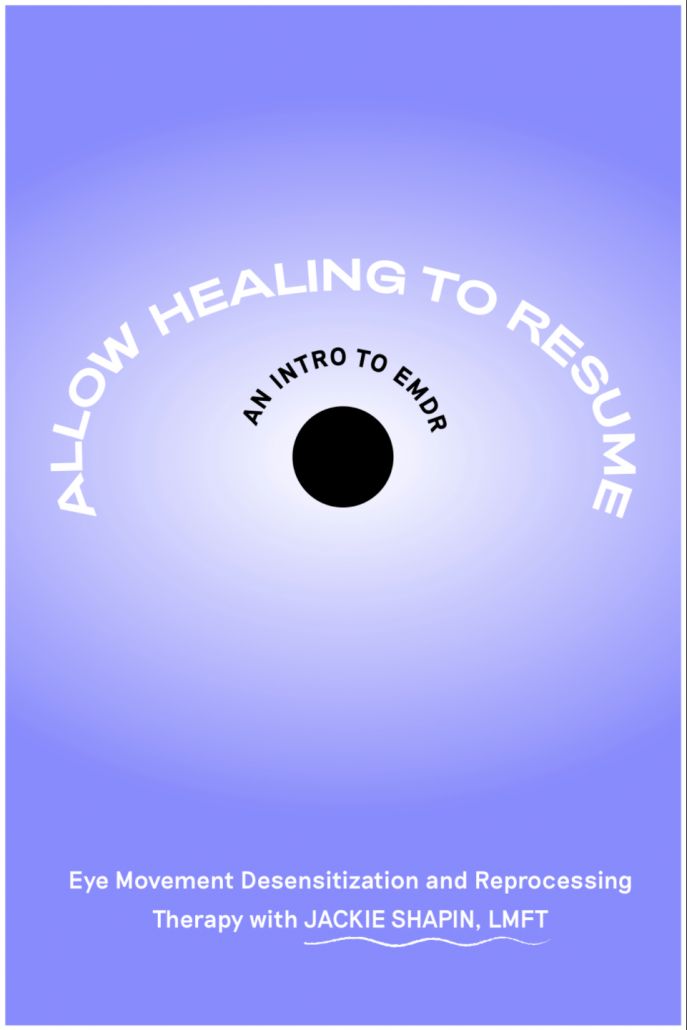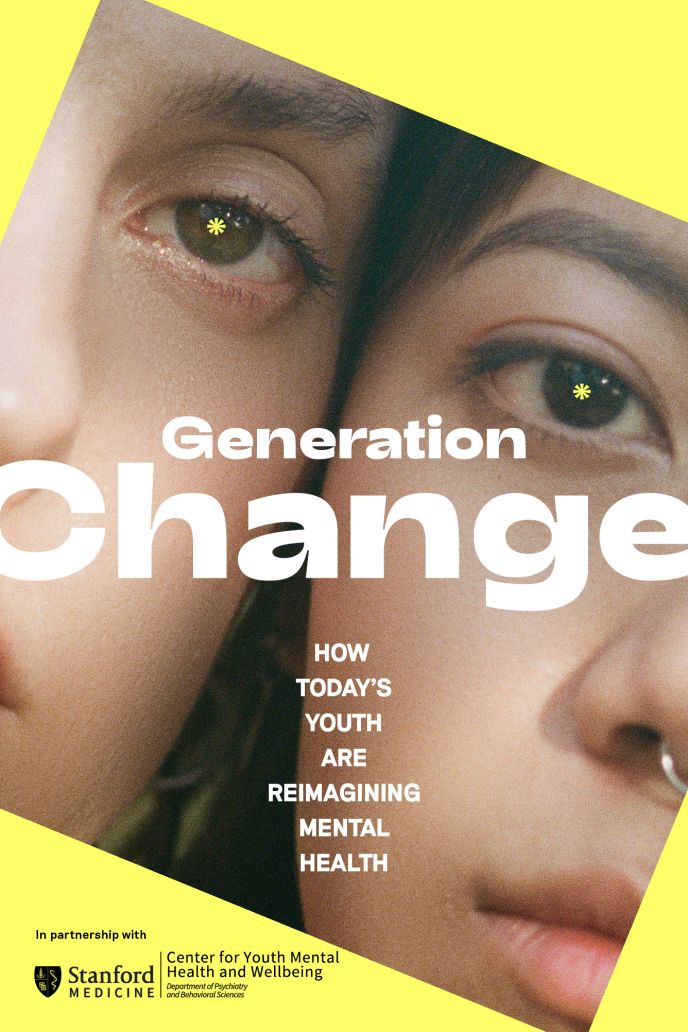OCD Treatment Myths Debunked
Dr. Tatyana Mestechkina clarifies some common misconceptions about OCD treatment.
Written by Tatyana Mestechkina, Ph.D.

01 The “gold standard” for OCD treatment is exposure and response prevention (ERP/ExRP). This therapy can be very effective yet initially, challenging to comprehend and implement.
02 In order to increase the chances of therapeutic success, it is crucial for both the therapist and the patient to develop a deep understanding of how ERP/ExRP works and its rationale.
The “gold standard” for obsessive-compulsive disorder (OCD) treatment is exposure and response prevention (ERP/ExRP).
This treatment entails learning to respond to the content of the OCD theme as irrelevant, both by stopping engaging in any rituals that reinforce it (i.e., response prevention) and by going towards triggers to demonstrate to the brain they will no longer be treated as threatening (exposures).
While this treatment has the most amount of evidence to back up its efficacy, it can be challenging to implement. For starters, ERP/ExRP entails approaching the very things which patients may be attempting to avoid. At first appearing entirely counterintuitive, embracing anxiety triggers can actually reduce anxiety. In order to increase the chances of therapeutic success, it is crucial for both the therapist and the patient to develop a deep understanding of how ERP/ExRP works and its rationale. Additionally, acceptance and commitment therapy (ACT) may serve as a supplement to ERP/ExRP. Helpful concepts from ACT include: practicing accepting the intrusive thoughts and feelings, observing (rather than engaging) the intrusive thoughts, creating separation from them, making contact with the present moment, identifying values, and making more choices in line with values. Here are some common misconceptions that patients, and sometimes even therapists have about OCD treatment.
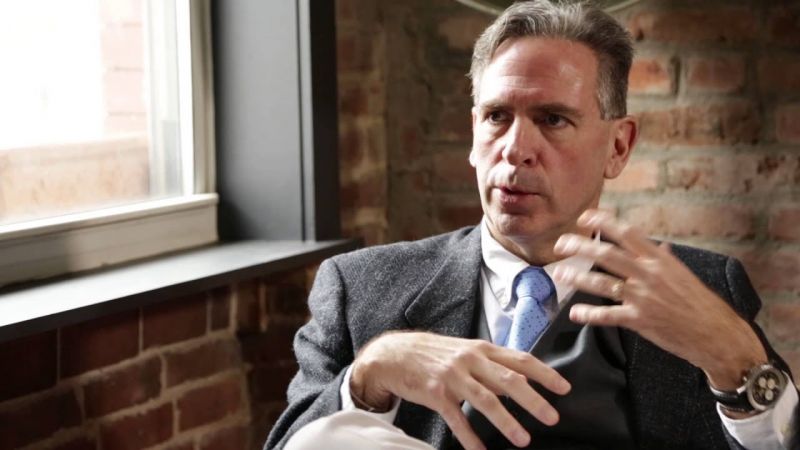
Dr. Phillipson Talks Science, Symptoms & Treatment of OCD
Myth: The goal of therapy is to eliminate intrusive thoughts and anxiety, or to “cure” OCD
This may be the most common misconception about OCD treatment. Most patients come into treatment with the hope of “getting rid of” their unwanted thoughts and feelings. While such a desire is natural, instead, the goal of treatment is to learn how to better manage unwanted internal experiences and how to respond more skillfully when they do come up. By equipping oneself with the tools and expertise to regard intrusive thoughts and feelings as irrelevant, one can feel empowered to handle whatever variation of the OCD theme may arise in the future. While OCD cannot be “cured,” it can be successfully managed! Success in treatment entails demonstrating a willingness to experience uncomfortable thoughts and feelings as they present. Additionally, it entails consistently making choices that are independent from the actions associated with OCD’s false alarms signals and instead, based on an individual’s values.
Myth: You must “white knuckle it” through exposures
To receive the full benefit of exposures, one must truly subscribe to the “spirit” of the treatment, rather than simply going through the motions. This entails a new way of relating to one’s brain and developing a willingness to move towards discomfort and uncertainty. Just doing the exposure while having your fingers crossed behind your back and asking that the brain doesn’t call you out on your bluff will be counterproductive. Additionally, any physical or mental rituals performed during an exposure to neutralize or decrease discomfort will have the opposite of the intended effect. Furthermore, when planning exposure exercises, it is essential to address a core fear.
For example, if someone experiences contamination-themed OCD, it is not sufficient to simply touch something they deem is contaminated. The spirit of the exposure is to also welcome the uncertainty that touching the contaminated item, such as the floor or piece of garbage may or may not lead to an illness (i.e., the core fear). Another example is if someone experiences harm-themed OCD, it is not enough to just hold a knife or watch a murder documentary. To get the full effect of the exposure, the person needs to be willing to accept the possibility that doing so may or may not mean they could be capable of hurting others (core fear). With these examples, the goal is not to accept the core fear (e.g., getting ill), but to accept the uncertainty (i.e., not knowing whether doing the exposure will lead to getting ill). This perspective shift is the antidote to all OCD themes.
Myth: Accepting thoughts means condoning or liking them
Allowing thoughts to exist is more about letting the brain be the independent system that it is and understanding that we cannot control which thoughts arise. Accepting means not judging the thoughts as good or bad. People with pedophile-themed OCD are not encouraged to treat pedophilia like it is no big deal, but rather to give their brain full creative license to send any and all thoughts, even those that are very taboo. The aim is to adopt a philosophy in which such “forbidden” thoughts are deemed to be unimportant. The reality is that the content of the OCD-related thought is irrelevant.
Myth: The goal of treatment is to convince your brain that the OCD threat is not dangerous
The goal is not to convince your brain that the content of the threats are not dangerous, but instead to show your brain that you can tolerate uncertainty and the accompanying discomfort. While logic and reason can be effective when dealing with many life challenges, this strategy will likely not be productive in the context of OCD. The reality is that nothing in life is certain and we can never ensure that there will be zero threats. We face uncertainty and take risks every day of our lives. With OCD, the brain chooses certain possible threats and sends the message that uncertainty is unacceptable for this/these specific threat(s).
The goal of treatment is to build up a higher threshold for anxiety and to demonstrate to the brain that even though these triggers feel dangerous, they will no longer be treated as such. Refraining from rituals to undo or lessen the threat (i.e., response prevention) and willingness to go towards the things that feel threatening (i.e., exposures) are powerful ways to create independence from OCD. Often, this practice does lead to decreased intensity and frequency of intrusive thoughts. It is okay to enjoy these dividends of treatment; however, we are careful not to celebrate them as accomplishments and to put too much stock in the relief. I frequently tell patients that if they come into session saying that they had no OCD episodes over the past week, it would offer no indication on how they are truly progressing in treatment. The true gauge of success would be if they came into session saying that they had many OCD episodes over the past week and treated each as irrelevant and made all their choices based on their values and goals.

OCD3: Treatment
Myth: You should distract yourself when feeling anxious or when doing exposures
Part of ERP/ExRP entails a willingness to experience discomfort. To achieve this, it is important to be present in that uncomfortable experience, rather than trying to avoid it. In fact, I often direct my patient’s attention to where they are noticing discomfort in their bodies and to focus on it. We practice making room for discomfort, by giving it permission to be there, without trying to avoid or escape it. It is through this approach that we teach the brain that these feelings are unwanted and uncomfortable, but are neither intolerable nor dangerous. Mindfulness tools from ACT can supplement exposures in this way.
Myth: If you are not experiencing anxiety during an exposure, you are doing it wrong
The goal of an exposure is to show the brain a willingness to experience whatever it sends your way, which may or may not lead to anxiety. Often, anxiety does not come up during an exposure; this is not an issue as long as one is willing to experience the possibility of anxiety.
Myth: Exposures should only entail doing things that most people do
Many patients express hesitation when doing so-called higher-level exposures such as licking the floor(contamination theme), holding a knife to their arm (self-harm theme), walking into playgrounds without a child (pedophilia theme). They may ask, “Do we really need to take it that far…can’t I just work on not avoiding things?” I often respond by giving the metal pole metaphor. If we have a metal pole that is bent to the left and we want it to be straight, it can be effective to bend it all the way to the right to eventually straighten it. Likewise, if the OCD part of the brain sends the message that risk and uncertainty is unacceptable, we might go above and beyond an average person’s risk tolerance to truly demonstrate to the brain a willingness to tolerate risk. That being said, a therapist’s job is to make sure that the patient never does any exposure that violates their actual values or morals and only encourages them to practice exposures that they are on board to do and see the bigger picture benefit of.
Myth: OCD therapy is about fighting with your brain
Most patients coming into therapy have a hostile relationship with the OCD part of the brain, viewing it as an evil monster or bully who is trying to attack them. Actually, our bodies’ threat signals exists to protect us and keep us safe. These signals are not meant to make our lives miserable, but to warn us. The problem with OCD, however, is that these signals are misfiring, similar to a fire alarm going off when there is no actual fire. If patients learn to appreciate their brain’s intention in sending these “false alarm” signals, and even go as far as to thank it for its misguided effort, it can help to decrease any animosity directed at the brain. In the end, this approach helps patients learn to co-exist more peacefully with their brain.
Myth: You should feel better after therapy
Many people believe that they should leave a therapy session “feeling better.” Surely, some forms of therapy place this goal at the forefront; alternatively, an ERP/ExRP and ACT approach emphasizing an aim to live better rather than feel better. Accepting and making room for unwanted thoughts and feelings is a critical part of the process. Often, this journey entails experiencing more difficult feelings in the short term to become better equipped to manage OCD episodes in the long term. Instead of feeling “good,” the goal is to feel more empowered to manage OCD and deem its impact as irrelevant.
<>
Please note: While these points can help to clear up some common myths and misconceptions about OCD treatments, it is important to seek a therapist who is well-versed in the practice of exposure and response prevention (ERP/ExRP) and ideally, acceptance and commitment therapy (ACT). For some tips on questions to ask a prospective therapist, please click here to read my article.
About the author
Tatyana Mestechkina, Ph.D. is the Founder and Clinical Director of Cognitive Behavioral Therapy (CBT) for Better Living. She is a Licensed Clinical Psychologist, practicing in New York (and virtually in New Jersey and Florida). She has particular expertise and interest in using evidence-based treatment for obsessive compulsive spectrum and anxiety disorders. She was trained by a world-renowned expert in Exposure and Response Prevention (ERP/ExRP), the gold-standard of OCD treatment. She often incorporates mindfulness and acceptance techniques from Acceptance and Commitment Therapy (ACT) to supplement exposure work. She places importance on creating a trusting environment and encourages open communication to strengthen the therapeutic alliance. Learn more about her and her practice at www.cbtforbetterliving.com.
Support our work
We’re on a mission to change how the world perceives mental health.


